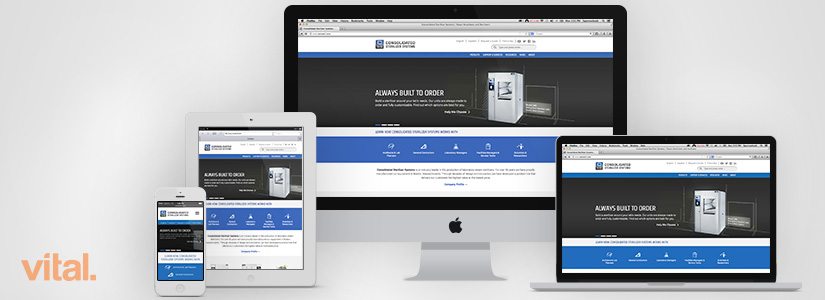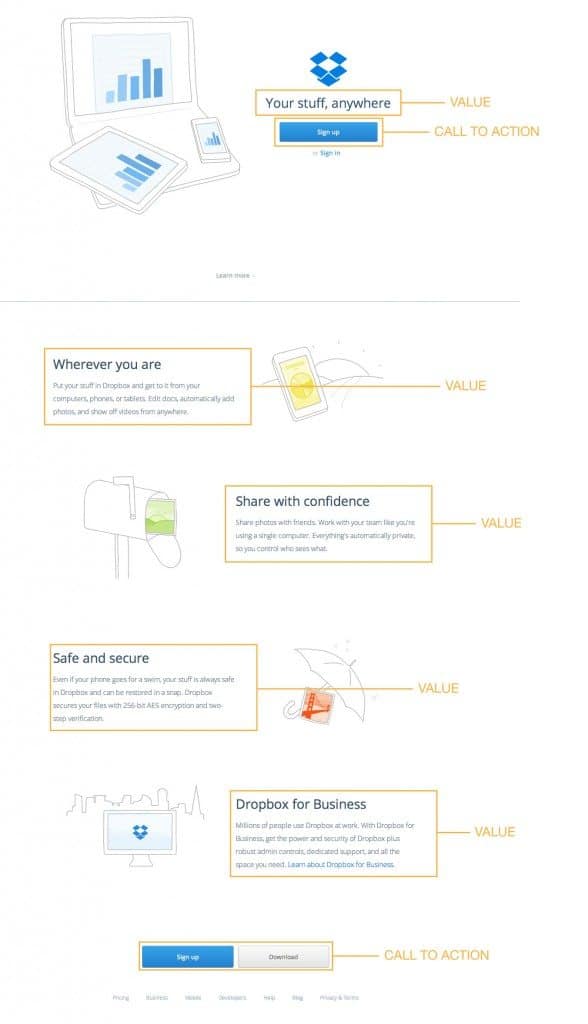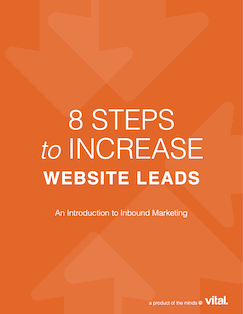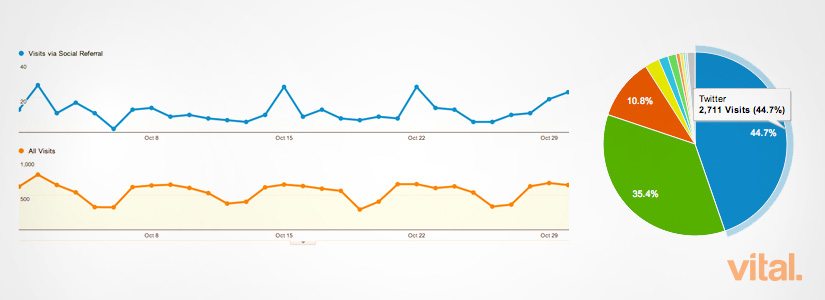The term “above the fold” comes from the newspaper industry, where papers are often folded in half and displayed to only show the top half of the paper. This challenges newspaper editors to place their top content in the top half of the page, to grab people’s attention.
The term is now used in website design and refers to the portion of a webpage that can be seen on screen without scrolling down. In the past, businesses designed websites to hold all their information above the fold for two major reasons:
1. Load Time
Old truth: Internet speeds and computer processing power was slow and businesses needed to be very selective of what content they put on each webpage. Keeping information above the fold was a way to keep webpage sizes small.
Today’s truth: High speed internet now allows website visitors to view HUGE amounts of information from home computers, phones and tablets. Websites aren’t limited by the content they can display, allowing businesses to tell much more compelling stories on their website using dynamic content that includes photos and video.
2. User Awareness
Old truth: Scrolling wasn’t a common action and not everyone knew that you could scroll down a webpage. Before the trackpad and scroll-wheel mouse, scrolling wasn’t a gesture, it was a multi-click process – click, drag, click, drag. Keeping information above the fold ensured that visitors who didn’t know how to scroll wouldn’t miss it.
Today’s truth: Apple has taught the world to scroll. In 2007, the iPhone changed the way the world interacted with information on a screen. People now understand that all the information on a website or app cannot fit on a single screen. They have been trained to scroll to access more information on their device. Thanks to the iPhone and iPad, the gesture of scrolling has become as natural as using a mouse.
Real Power Exists Below the Fold With Proper Calls-to-Action
The fold is now obsolete, because when it comes to calls-to-action (CTA), the fold has no effect on conversion rates. Conversion rates aren’t affected by where they appear on the website, above or below the fold, but by the information that accompanies each CTA. D Bnonn Tennant wrote about this phenomenon on KISSmetrics, referencing sites like The Boston Globe.
Higher conversion rates have nothing to do with whether the button is above the fold, and everything to do with whether the button is below the right amount of good copy.
When creating your website, it’s important that your value-added propositions are clear and speak directly to your visitor and their needs. Determining how many CTAs a business should have depends on the complexity of the business.
A business that is easy to understand, with a short sales cycle, may need just a few CTAs. Dropbox is a great example – Visitors see a clear message with one CTA at the top, and a concise value-added proposition that’s paired with clear CTAs at the bottom of the page.






